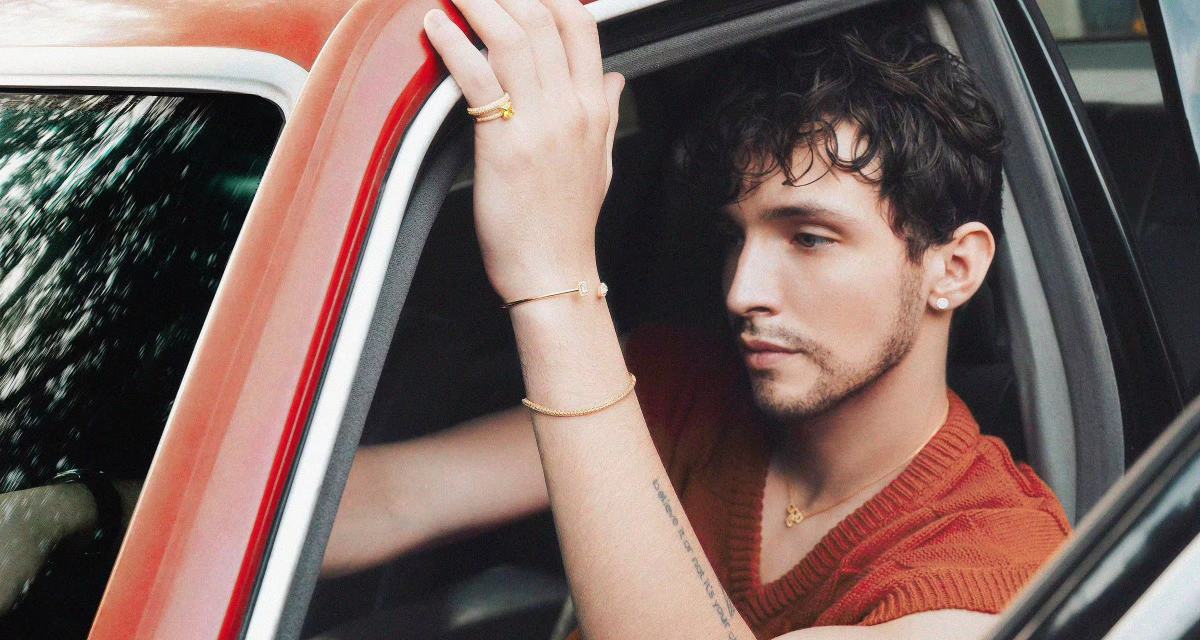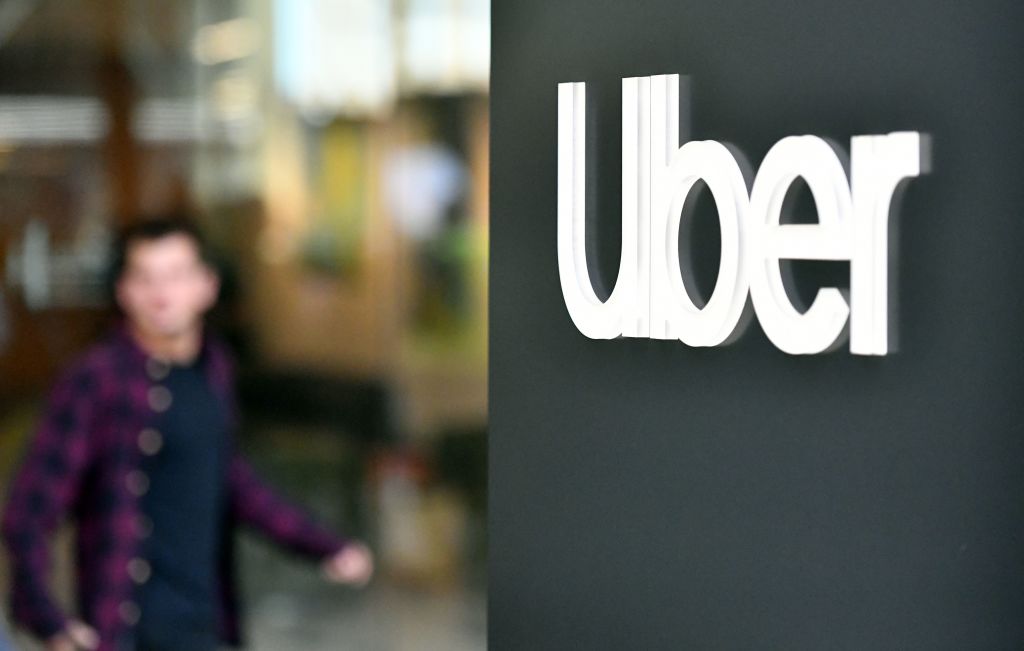Here’s a lab-grown diamond startup that’s attracted a16z’s attention | TechCrunch
Throughout hip-hop’s long history, jewelry has served as an important vehicle for artists to convey their ideas and affluence, or simply to dazzle onlookers. Diamonds, in particular, serve as an important motif, famously exemplified by Drake’s $400,000 diamond-encrusted iPhone case.
But not everyone is a millionaire rapper, and most people can’t exactly afford to wear bust down watches flooded with ice. Still, there’s certainly a market for such jewelry at a lower price point, and venture capitalists appear to have noticed it: A direct-to-consumer diamond jewelry startup called Pascal has raised nearly $10 million in VC funding to date, of which $2.5 million came from Andreessen Horowitz in early 2023, TechCrunch has learned.
What’s more, the company expects to generate $20-$30 million in revenue this year, and has a three-month customer repurchase rate of roughly 20%, according to its founder and CEO, Adam Hua.
Pascal’s pitch is that it can make diamond jewelry accessible by using lab-grown diamonds that are chemically and physically akin to natural diamonds but cost one-twentieth of the price. The company’s gem-studded jewelry starts at as little as $70, and it is hoping using cultivated diamonds will help it gain a foothold in the more affordable segment of the wider jewelry market.
“Diamond is unique to hip-hop; it’s a status symbol. But most people cannot afford diamonds,” Hua said. “Cultivated diamonds fundamentally transform the supply side of the industry.”
Synthetic diamonds have been around since the 1950s, and they’ve been often used to make high-carat jewelry. These diamonds are usually “grown” in labs, where extreme forces and heat are applied to graphite, similar to the process that gives rise to naturally occurring diamonds. Manufacturers of lab-grown diamonds often also like to tout their more environmentally friendly process, and some even take their missions a step further by making diamonds from captured carbon.
For Pascal, the focus is “culture,” and it isn’t trying to disrupt the natural diamond sector. “The demand for luxury diamonds [for jewelry like] engagement rings will remain,” Hua said. “We are just creating a new, affordable diamond category.”
Pascal’s diamonds decorate everything from watches to lipsticks and come in a wide range of colors, which is rare in natural diamonds. Lab-grown diamonds, Hua stressed, are also shinier, “making them good for TikTok videos.”
To find supply, Pascal turned to Henan, a central Chinese province that has become a major production hub for synthetic diamonds in the world, and China’s emerging manufacturing neighbors like Vietnam and Thailand.
“It’s a naturally cross-border business,” Hua said of his company. The U.S. is currently Pascal’s largest market, followed by Europe, he added.
Hua appears to have a knack for running fashion businesses. While studying physics at UC Berkeley, he sourced sneakers from the U.S. and supplied them to resellers in China, which helped him earn his first million dollars. He then founded a peer-to-peer streetwear marketplace in China, which raised over $10 million in equity funding and generated $1 billion worth of gross merchandise value in its third year of operation. His experience running that company eventually inspired the idea for Pascal.
“I realized that most of my customers were Gen Z and their purchasing power was growing over time,” he told TechCrunch. “Around 2022-2023, the average ticket size had shot up to $500, but there wasn’t a good product category for the $500+ price range.”
As he scoured the consumer landscape, Hua picked out hip-hop fashion. He looked at how fans of rock bands often purchase clothing and goods that can range from $30 t-shirts and $200 sneakers to $500 leather jackets and $1,000 jewelry to make a statement about their cultural identity.
“What if there were a $500-$1,000 category of diamond products for hip-hop fans and other diamond lovers?” he said, speaking about his thought process. “People want to get their money’s worth when they buy something for quality and cultural needs.




